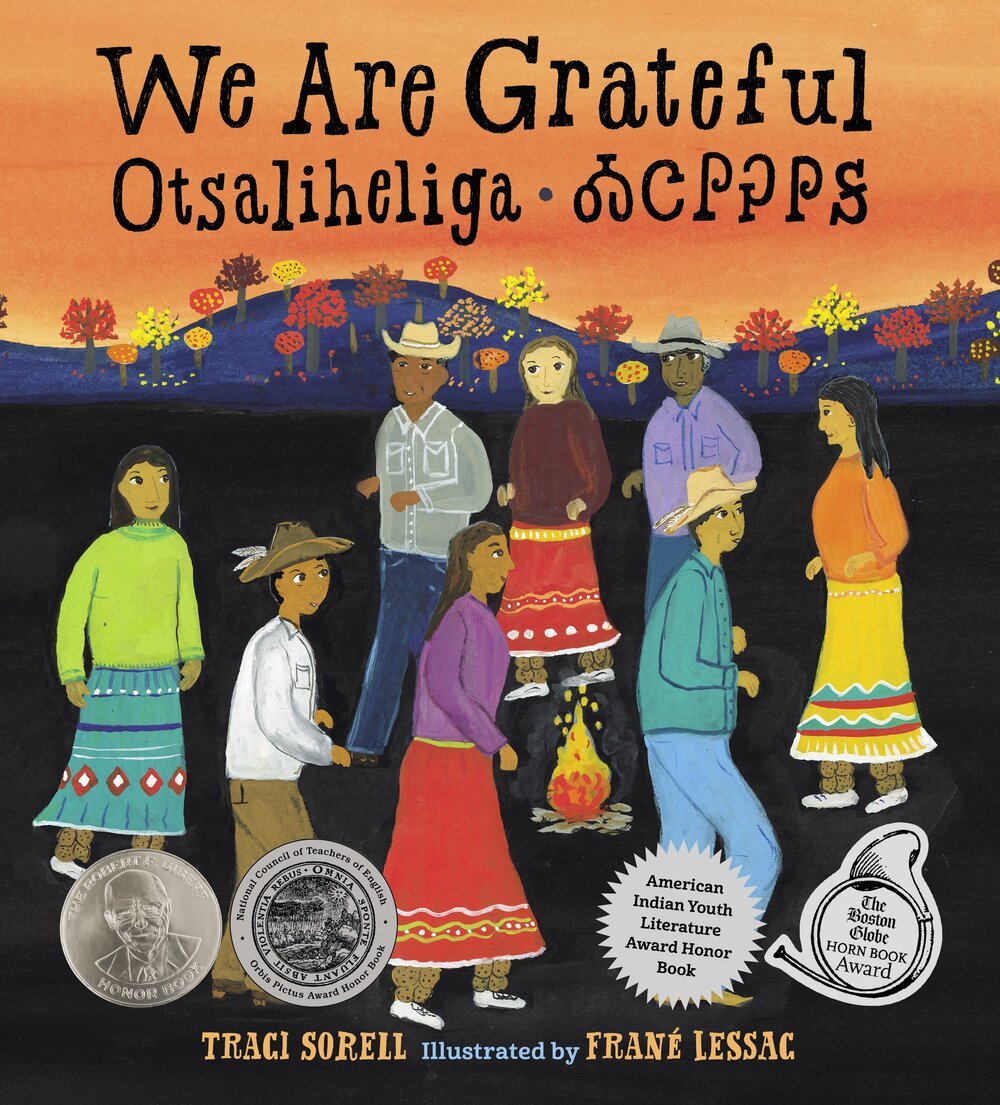As COVID-19 deaths spiked in 2020, Suzanne Firstenberg’s public art installation "In America: How could this happen…"
Museum Artifacts

Grade Range:
K-12
Resource Type(s):
Artifacts, Primary Sources
Date Posted:
1/27/2009
Family photograph albums hold the history of generations, preserving the memories of birthdays, holidays, travels, and all general aspects of life. African American Mary Taylor used her 35mm Bell and Howell camera to document her family's life in the black community of Los Angeles, California, du

Grade Range:
K-12
Resource Type(s):
Artifacts, Primary Sources
Date Posted:
7/9/2009
This early respirator for producing artificial respiration over long periods of time was designed and constructed by the donor, John Haven Emerson. Completed in July 1931, it was first used in the summer of that year at the Providence City Hospital, Providence, R.I...

Grade Range:
K-12
Resource Type(s):
Artifacts, Primary Sources
Date Posted:
11/6/2008
Declaring the distances to such places as Boston, San Francisco, and Toledo, this sign post graced the set of M*A*S*H during the show's run. Set in Korea during the 1950s, the show revolved around the work and antics of the staff of a Mobile Army Surgical Hospital (MASH). Its final episo

Grade Range:
K-12
Resource Type(s):
Artifacts, Primary Sources
Date Posted:
11/10/2010
Edwin McMillan shared the 1951 Nobel Prize in Chemistry with Glenn Seaborg. McMillan discovered element 93, or neptunium, in 1940 while working on the world's largest cyclotron at the Lawrence Livermore National Laboratory. Seaborg's discovery of element 94, or plutonium, was based on McMillan's

Grade Range:
K-12
Resource Type(s):
Artifacts, Primary Sources
Date Posted:
9/17/2009
This tile is from La Fortaleza, a military and government complex in San Juan built to defend the city from naval attacks. Construction began in 1533 and was finished in 1540. This tile resembles the Spanish ceramic style of Talavera, a tile factory established in the 16th century near the city o

Grade Range:
K-12
Resource Type(s):
Artifacts, Primary Sources
Date Posted:
9/19/2009
The yo-yo maraca is a Puerto Rican novelty that unites both a spinning top and a musical instrument of native origin called a maraca. The name "yo-yo" is a misnomer, since the toy functions like a spinning top.

Grade Range:
K-12
Resource Type(s):
Artifacts
Date Posted:
2/1/2017
The Smithsonian’s National Museum of American History recently acquired at auction a rare 18th-century silver milk pot or creamer with engraved with symbols and an inscription that support the American colonists’ ongoing boycott of imported goods, especially tea, during the months following a

Grade Range:
K-12
Resource Type(s):
Artifacts
Date Posted:
12/30/2020
Speaking before hundreds of thousands of people can be nerve-racking. But you'd never guess that watching Naomi Wadler. At age 11, she rose to national prominence as a leader in the 2018 March for Our Lives to end gun violence. She remembers becoming politically aware at age 5 when George Zimmerman

Grade Range:
K-12
Resource Type(s):
Artifacts, Primary Sources
Date Posted:
9/30/2008
During the early 1930s, the United States and the rest of the industrialized world experienced an economic depression. In 1934, the United States continued its movement toward removing its currency from the gold standard. It even became illegal to possess gold coins or gold-based currency until C

Grade Range:
K-12
Resource Type(s):
Artifacts, Primary Sources
Date Posted:
6/3/2010
Robert Capa (1913 - 1954) documented World War II from the bombing of London to fronts in North Africa, Italy, France, and Germany. He captured this arresting image of American troops landing at Omaha Beach on D-day, June 6, 1944.
Capa was one of two magazine war correspondents all



















